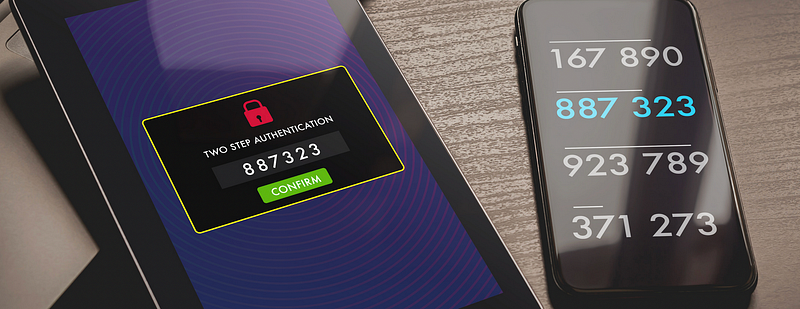# Essential Insights from the Uber Data Breach
Written on
Chapter 1: Understanding the Incident
Another day brings another high-profile data breach to our attention. It's a scenario we've become all too familiar with; Chief Information Security Officers (CISOs) find themselves summoned to the boardroom to reassure anxious executives that such incidents could never occur within their organization.
Cybersecurity professionals see this as an opportunity to bolster their security budgets with additional justifications, while vendors often tout that their solutions would have prevented the breach in the first place.
However, rather than piling on criticism, it is essential to focus on the valuable lessons we can derive from this event and how to incorporate these insights into our own cybersecurity frameworks.
What We Know So Far
At this stage, details remain sparse as the situation continues to unfold. However, initial reports indicate that the attacker gained entry by compromising an internal user's account. They inundated the user with multi-factor authentication (MFA) prompts until one was mistakenly authorized.
Once inside, the attacker discovered hard-coded passwords stored in PowerShell scripts that held administrative privileges. This access allowed them to move laterally across vital systems, including cloud services and security solutions.

Disclaimer: The specifics may evolve as Uber releases further information. Nevertheless, several crucial lessons can be inferred from the incident:
MFA is Not Foolproof
Organizations often implement MFA and feel a sense of accomplishment, believing they have effectively thwarted potential identity-based attacks. The Uber incident highlights the vulnerabilities associated with MFA fatigue attacks, where users receive overwhelming MFA requests until they inadvertently approve one.
For instance, an employee receiving numerous MFA notifications at an inconvenient hour might authorize one just to get some rest.
To counteract this, companies should establish MFA exhaustion limits to prevent users from being bombarded with requests. Such a precaution could have significantly mitigated the attacker's leverage.

Zero Trust is Imperative
It’s vital to reiterate: Zero Trust is not merely a product, despite what many vendors may claim. This approach, which involves not trusting any device or user by default and requiring authentication for every request—even within a network—has transitioned from a 'nice-to-have' to an absolute necessity, as evidenced by the Uber breach.
By evaluating each request's context, location, and data, this attack could have been detected and thwarted. Even if the attacker had gained access, the potential damage could have been significantly limited.
Begin your journey toward adopting a Zero Trust framework today. Remember, it requires a shift in mindset in addition to the right technological tools as you navigate toward a risk-based approach. For further guidance, consider Microsoft’s valuable resources on implementing Zero Trust after a security incident.
Human Error is a Vulnerability
The Uber breach underscores how a series of human errors can culminate in a disaster. From successful social engineering tactics to the presence of hard-coded passwords and excessive user privileges, this incident exemplified multiple points of failure.
While Uber had a bug bounty program, companies should prioritize social engineering evaluations and consider incorporating them into their existing programs. Particular attention should be paid to those high-privilege users whose credentials can lead to significant security breaches.
Always assume that security measures may fail, and understand the potential consequences of a compromised user account.
As Uber continues to investigate this breach, more insights will likely emerge. We can only hope for the best for Uber's cybersecurity team as they navigate this challenging situation.
In the video, "Uber Breach | What Lessons Have We Learned | Tony UV - YouTube," industry experts discuss the implications of the breach and what organizations can learn from it.
The second video, "Uber September 2022 Security Incident and Lessons We Can Learn From It ⚠️ - YouTube," delves into the specifics of the breach and offers actionable advice for improving security protocols.

With over two decades of international experience in cybersecurity and IT risk management, I am a recognized leader in the field. Connect with me on LinkedIn or visit my blog for insights. I also run a YouTube channel, "Cloud Security Guy," where I share information on cloud security, artificial intelligence, and career advice in cybersecurity. Check out my courses on Gumroad as well.